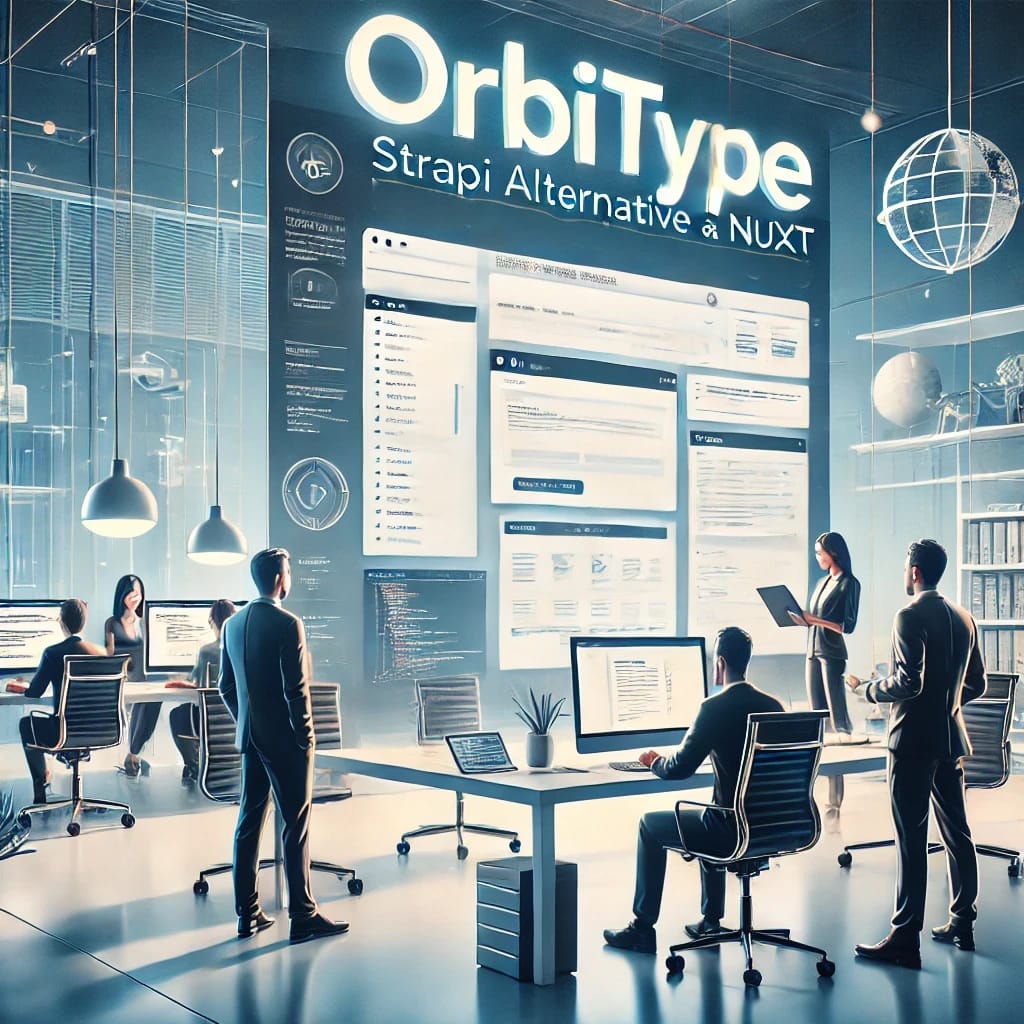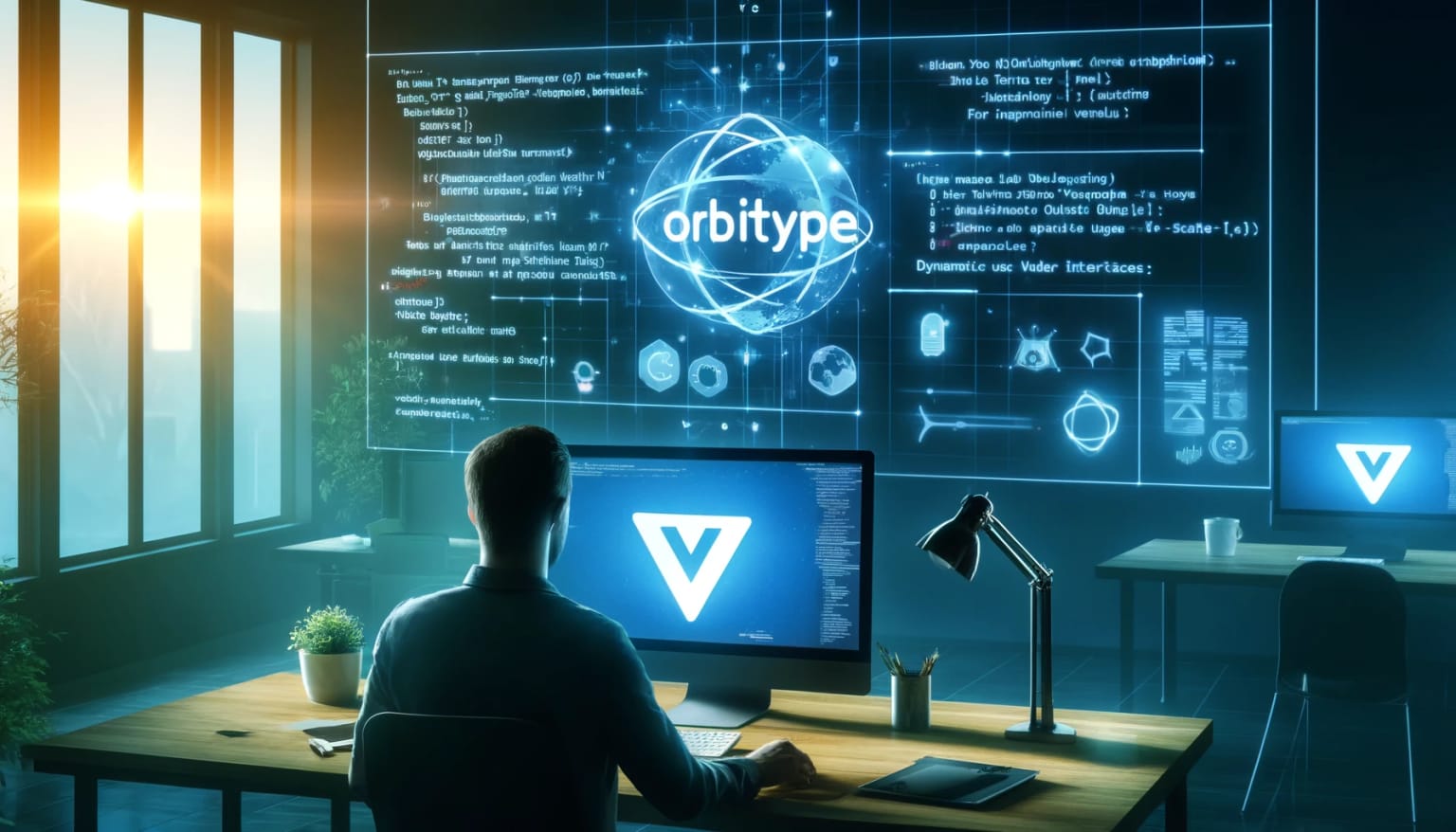
Table of Contents
Understanding the Basics
Orbitype Overview
Orbitype is not just another CMS; it is a headless CMS designed for the future of web development. Unlike traditional CMS platforms, Orbitype offers backend-only content management capabilities, which means it doesn't dictate how content is presented but rather delivers content through an API. This approach provides developers with the flexibility to use their choice of front-end technology to display the content.
Vue.js Overview
Vue.js is a progressive JavaScript framework used for building user interfaces. It is designed from the ground up to be incrementally adoptable. The core library focuses on the view layer only, making Vue.js easy to integrate with other libraries or existing projects. Vue is also perfectly capable of powering sophisticated Single-Page Applications when used in combination with modern tooling and supporting libraries.
Advantages of Integrating Orbitype with Vue.js
Seamless Integration
Integrating Vue.js with Orbitype is straightforward, thanks to Orbitype’s API-first approach. Developers can easily fetch content from Orbitype using HTTP requests and then use Vue.js to dynamically display this content in the user interface. This seamless integration allows for more creative front-end experiences, tailored to the specific needs of the project.
Enhanced Performance
Combining Orbitype with Vue.js leads to enhanced performance. Vue.js's component-based architecture ensures that only necessary parts of the page re-render when data changes, making the user experience smooth and responsive. Meanwhile, Orbitype’s efficient content delivery capabilities ensure that the data is available fast and is scalable under high loads.
Flexibility in Development
The flexibility that comes with using Vue.js components along with Orbitype’s customizable content models allows developers to construct highly tailored solutions that can evolve over time. Developers can define exactly how content should be structured in Orbitype, and then use Vue.js to interpret and display this content in innovative ways.
Tips for Efficient Content Management with Orbitype and Vue.js
Structured Content Approach
To make the most of both platforms, designing your content architecture to complement Vue.js's component-based architecture is key. Define content types in Orbitype that mirror the components you plan to use in Vue.js. This mirroring strategy simplifies the process of integrating and managing your content.
Dynamic Content Updating
Orbitype allows you to manage your content in real time, which can be a tremendous advantage when used with dynamic front ends like those built with Vue.js. Updates in the CMS are immediately pushed to the front end without requiring a page refresh, ensuring that users always see the most up-to-date content.
Security and Scalability
With Orbitype, security is a priority. The platform handles everything from user authentication to secure data handling. When paired with Vue.js, which itself follows modern security practices, you get a robust system ready to handle everything from small blogs to large-scale enterprise websites.
Enhancing the Developer Experience
Developer Tools and Ecosystem
Vue.js is renowned for its excellent developer tools, including the Vue DevTools for debugging and the Vue CLI for project scaffolding. Orbitype complements this by offering a developer-friendly API and comprehensive documentation that makes integration straightforward.
Community and Support
Both Vue.js and Orbitype have vibrant communities and extensive support systems. Whether you're looking for help on a technical issue or need advice on best practices, resources are readily available. This community support accelerates learning and implementation processes.
Examples and Case Studies
Many companies have successfully leveraged Orbitype and Vue.js in their projects. For instance, a tech startup used this combination to build a highly interactive e-commerce site that showcased real-time inventory updates and complex product configurations.
Getting Started with Your Project
Initial Setup Instructions
Starting with Vue.js and Orbitype is simple. First, set up your Vue.js environment using Vue CLI, and then integrate Orbitype by configuring its API to fetch content. This process involves setting up authentication, defining content types, and writing API calls that Vue.js will use to fetch and display the content.
Best Practices
Maintain a clear separation of concerns: keep your content logic separate from your UI logic. Use Vue.js for what it's best at—creating engaging interfaces and leave the content management to Orbitype. Regularly update both your content structures in Orbitype and your Vue.js components to ensure they work harmoniously.
Resources for Learning and Troubleshooting
For those looking to deepen their understanding, the Vue.js and Orbitype documentation are excellent starting points. Additionally, online courses on platforms like Udemy or Coursera offer structured learning paths for both technologies.
Looking to migrate your existing CMS to Orbitype and unlock its full potential? Check out our detailed guide on Migrating to Orbitype: The Ultimate Headless CMS for Vue.js & Nuxt.js to ensure a smooth transition and enhanced scalability
Conclusion
The synergy between Orbitype and Vue.js offers developers the tools to create cutting-edge web applications that are both user-friendly and highly efficient in content management. This combination not only enhances the end-user experience but also streamlines the development process, allowing for rapid deployment and easier maintenance. Embrace these technologies to elevate your web projects to the next level.
If you're already using Vue.js but want to switch to a more flexible and scalable content management solution, explore Migrating to Orbitype to take your projects to the next level.
Explore the Future of Content Management with Orbitype
Visit our Home Page and embark on a journey through the world of efficient content management! Scroll through our innovative features, enjoy seamless integrations, and discover the perfect solution tailored to your needs. Experience the power of Orbitype and see how we can elevate your projects. Don’t wait, dive into the future now at Orbitype!

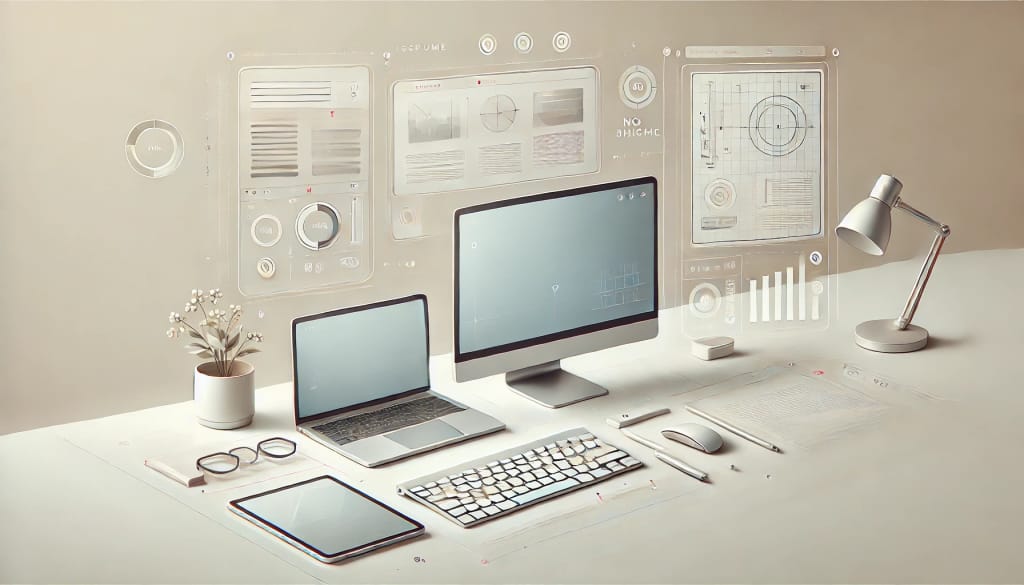




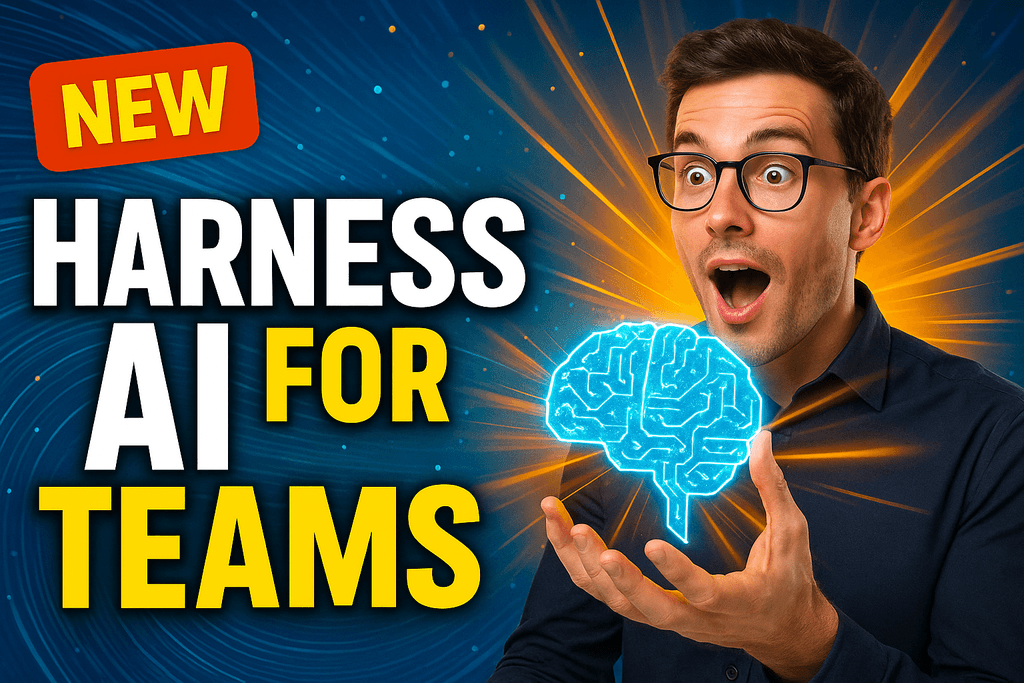














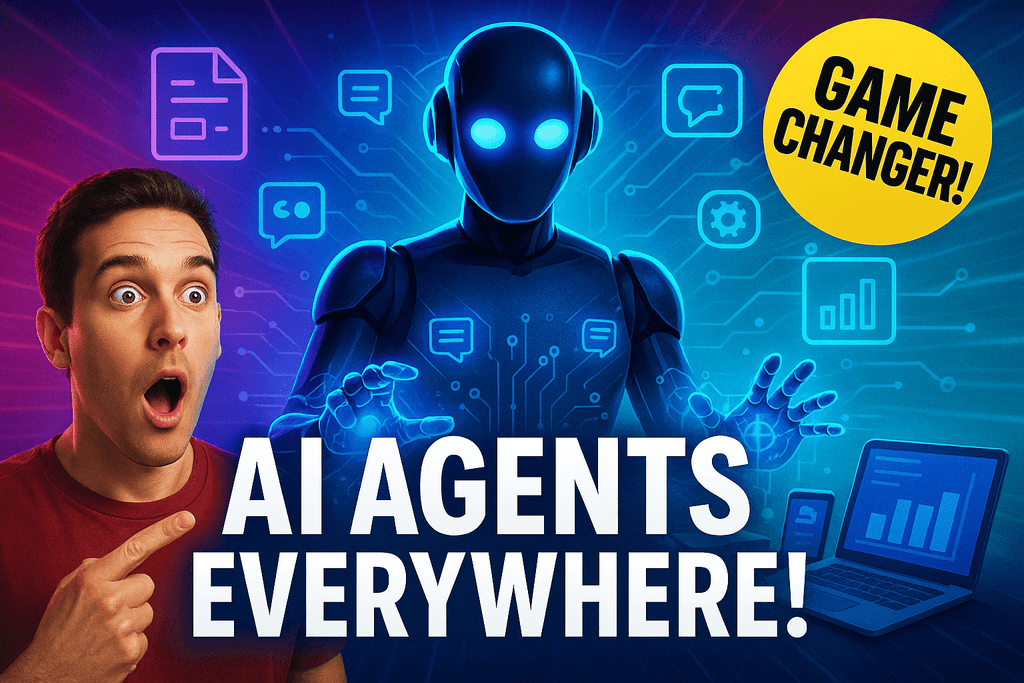
.png&w=1024&q=80)
